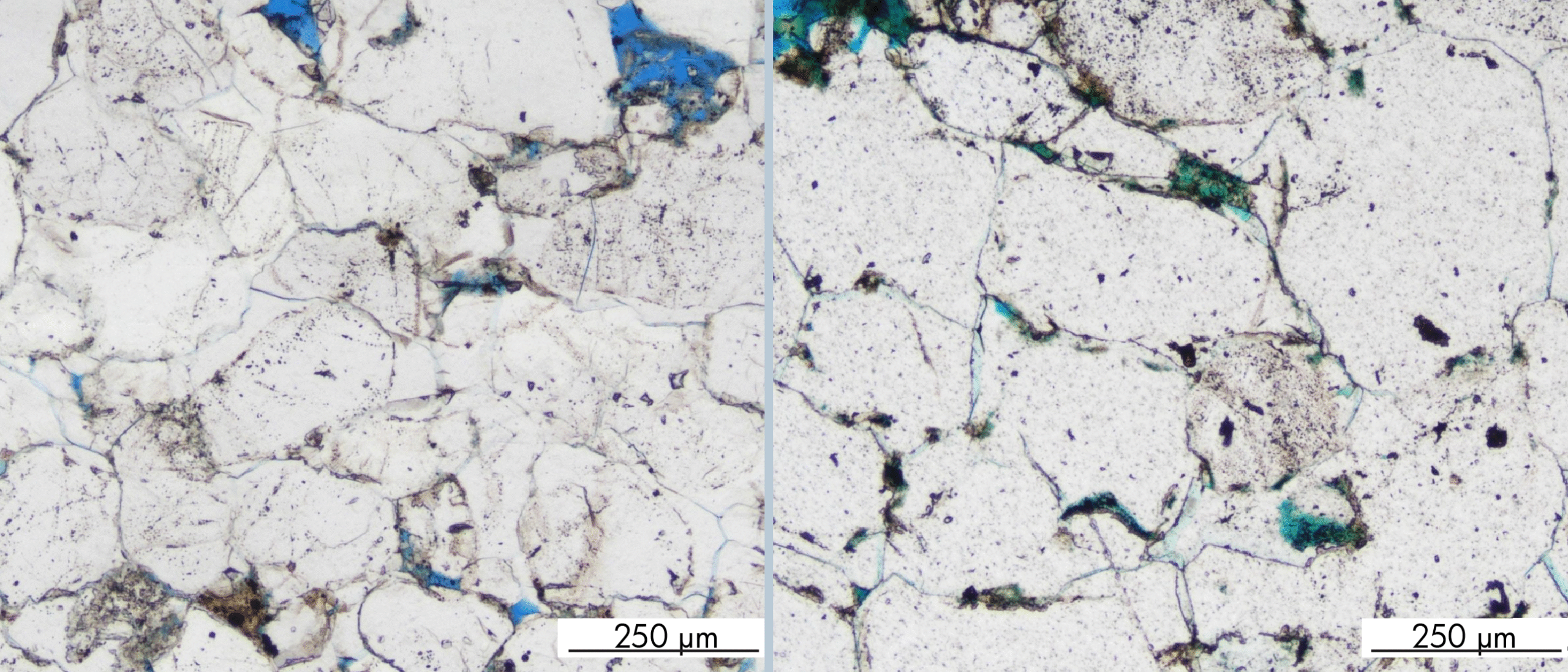Last week, Equinor spudded well 16/2a-6 in P2319, the first UK Continental Shelf exploration well being drilled this year. It follows on from a previous attempt to prove oil in the area, when the company drilled the dry Jock Scott well (9/27-5) a little further to the north.
Now the question is; what is the targeted reservoir for the 16/2a-6 Tiger Lily well? In an article published by Energy Voice last year, Dave Moseley from Westwood Energy wrote that Upper Jurassic sandstones form the main target. However, the OGA – in their well listing – carry a Permian or Rotliegend age.
Let’s first have a look at the geology around the prospect. On a regional scale, it is important to note that the well is situated on the East Shetland Platform, very close to the main basin-bounding fault that forms the transition towards the Viking Graben in the east. This means that the Mesozoic succession at the well location is likely to have a strongly reduced thickness compared to the graben further east.
A prime example of the Mezozoic cover being almost absent is the area just north of the Tiger Lily prospect. Here lies the Cairngorm undeveloped discovery, which is a fairly unique find in the UKCS in the sense that the oil is mostly reservoired in granitic basement.
As this relinquishment report from Enquest describes, the oil in Cairngorm is not only hosted in fractures. Due to weathering, the top of the granite shows some matrix porosity in the so-called granite wash. Granite wash has also recently been identified as holding a significant portion of the reserves in Lancaster, based on the Competent Persons Report published by Hurricane this year.
To the northwest of the currently drilling well, the Base Cretaceous Unconformity (BCU) depth map as shown below displays a narrow NE-SW trending fault-bounded basin that was drilled by well 16/2a-3. This well found a thin Upper Jurassic sand underlain by a Triassic and Permian succession including some Zechstein evaporites. Would Tiger Lily target a similar succession?

The difference between the 16/2a-3 well location and 16/2a-6 is that the BCU map doesn’t show clear faults at BCU level near 16/2a-6. Based on this observation, it may seem more likely that the Paleozoic “basement” of the East Shetland Platform at 16/2a-6 is shallower than at 16/2a-3.
Well 16/1-1 drilled a bit further west may be a better analogue to what could be expected at Tiger Lily. This well penetrated a thin chalky Cromer Knoll section (~25 m) before hitting a more than 40 m thick Ryazanian sandstone, which is directly underlain by Devonian sandstones.
Based on these observations, it is speculated that 16/2a-6 either targets a few tens of metres of Upper Jurassic sand underlain by Devonian rocks, or – to keep an eye on what the OGA reports – a Rotliegend sandstone succession underlain by a Devonian succession.
Regardless of the targeted reservoir age, looking at the BCU map there is no apparent closing structure separating the 16/2a-6 compartment from the main East Shetland Platform area to the west. This would suggest that a stratigraphic pinch out is required to form a closure, unless a deeper interval independent from the BCU is being targeted. Let’s see what the outcome is in a few weeks time!
Jock Scott
In 2017, Equinor drilled well 9/27-5, targeting the Jock Scott prospect*. Upper Jurassic reservoirs were also prognosed to be the main target here. However, the well proved that the Upper Jurassic syn-rift fill of the rotated fault block was thinner and more finer-grained than expected, with Lower Cretaceous mudstones of the Cromer Knoll Group making up the rest of the syn-rift wedge.
Silverstone
As we recently reported on, very close to the currently drilling well lies the Silverstone discovery, which is a Lower Cretaceous Skiff Formation sandstone that was proven to be oil bearing by a step-out development well drilled from the Brae East platform. Currently licensed by Enneco Energy who are looking for farm-in candidates, it is an example of the variety of different plays present along the western faulted margin of the Viking Graben as well as the interest the area still experiences.
HENK KOMBRINK
*Please note – when clicking on the link – that the well number and line location of the Jock Scott cross-section (Figure 12) are wrong and leave the impression that the prospect was actually drilled by well 16/2a-3.





